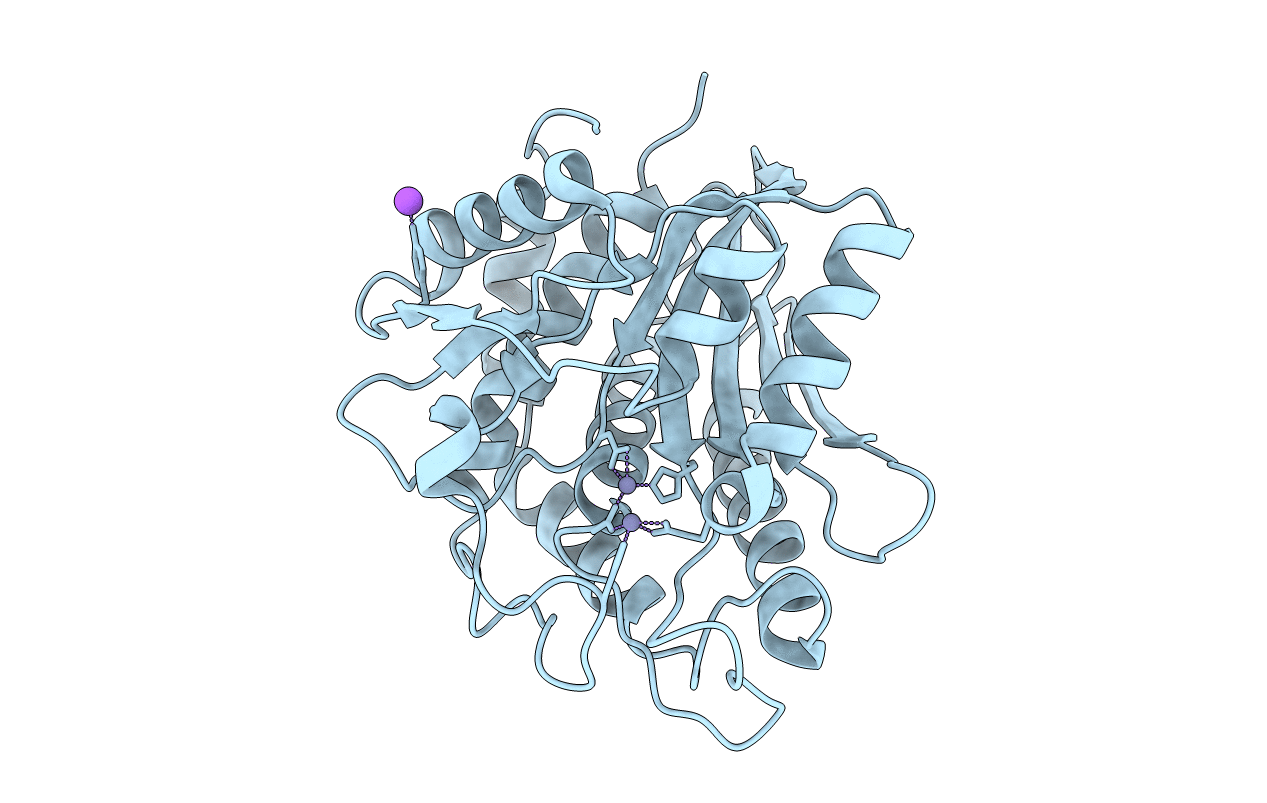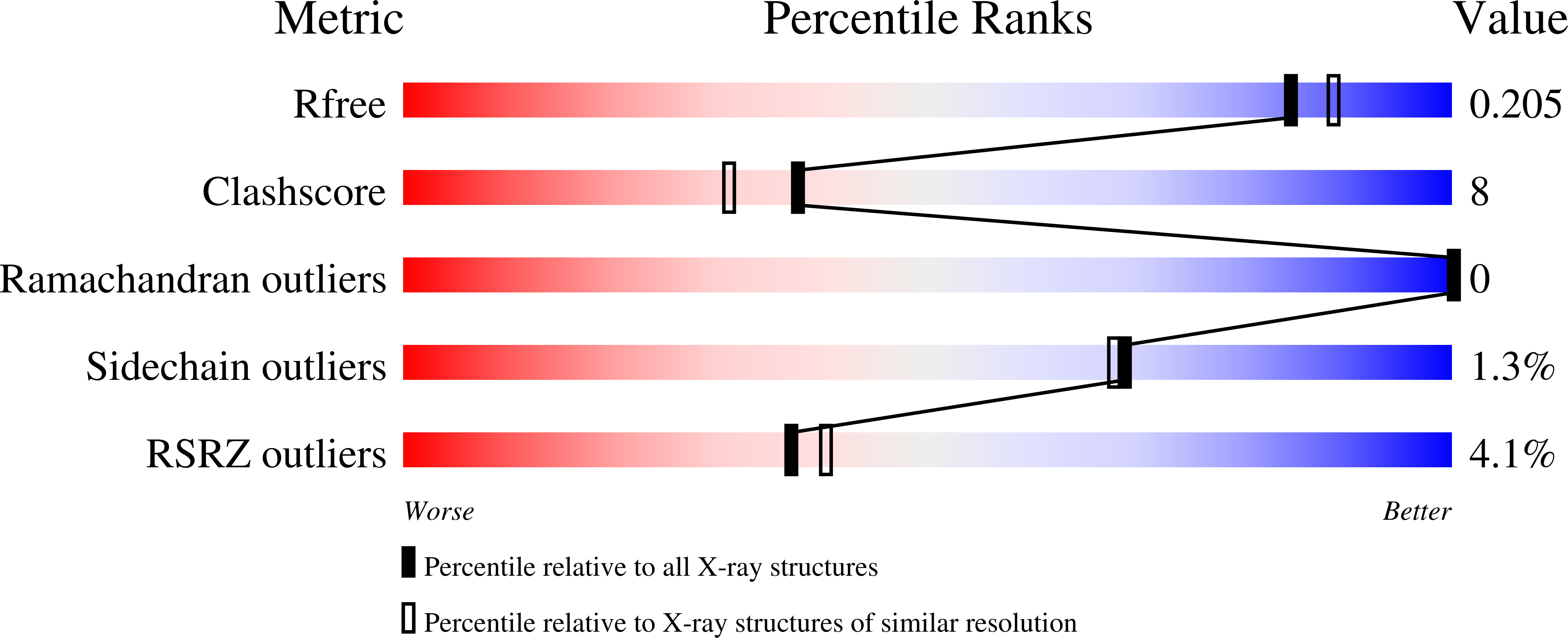
Deposition Date
2005-08-11
Release Date
2005-10-04
Last Version Date
2024-10-09
Entry Detail
PDB ID:
2ANP
Keywords:
Title:
Functional Glutamate 151 to Histidine mutant of the aminopeptidase from Aeromonas Proteolytica.
Biological Source:
Source Organism:
Vibrio proteolyticus (Taxon ID: 671)
Host Organism:
Method Details:
Experimental Method:
Resolution:
1.90 Å
R-Value Free:
0.20
R-Value Work:
0.18
Space Group:
P 61 2 2


